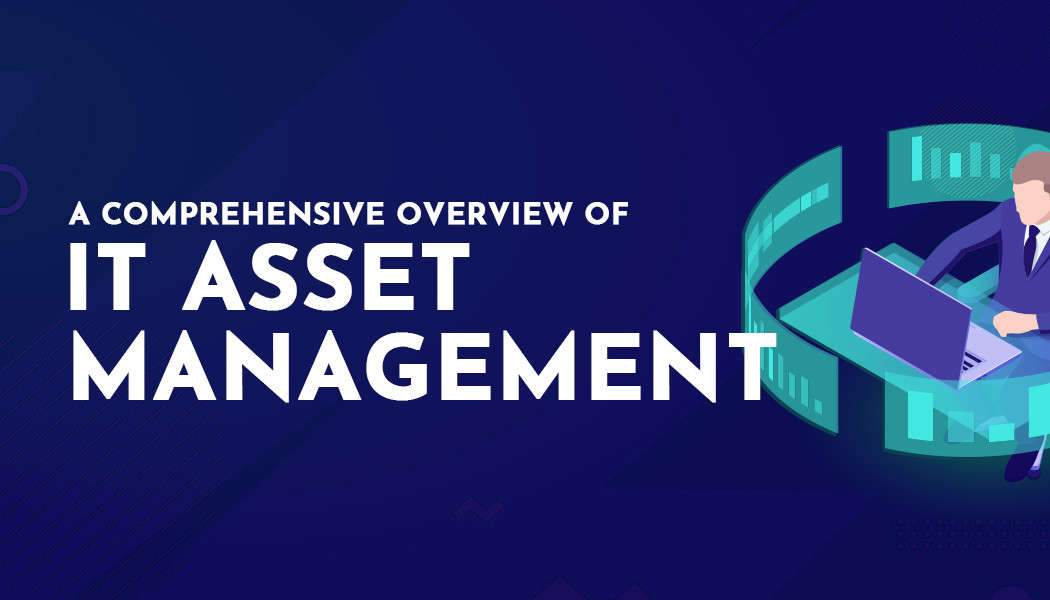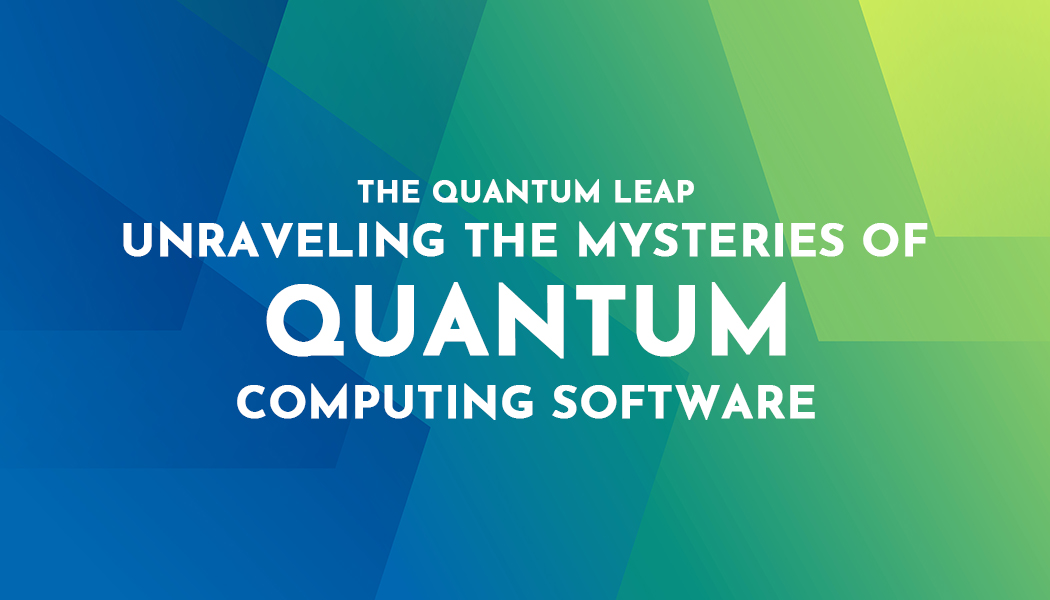ITAM Guide: A Comprehensive Overview of IT Asset Management
Effective IT Asset Management (ITAM) is the backbone of modern business operations. In a world where technology continues to evolve at breakneck speed, managing your IT assets effectively ensures smooth workflows, cost efficiency, and compliance. But what exactly is ITAM, and why is it so essential for your organization? Let’s dive into this step-by-step guide to understand ITAM in depth.
What is IT Asset Management (ITAM)?
At its core, ITAM is the process of tracking, managing, and optimizing an organization's IT assets throughout their lifecycle. Think of IT assets as anything in your company that involves technology—hardware, software, mobile devices, or even digital services.
ITAM is like having an inventory for your digital infrastructure. It ensures you know where every piece of equipment or software is, how it’s being used, and whether it aligns with your company’s goals. Without ITAM, managing IT resources would feel like navigating through a maze without a map.
Why is ITAM Crucial for Your Business?
ITAM is not just about keeping tabs on technology; it’s about leveraging those assets to maximize productivity and minimize waste. Imagine running a marathon but not knowing where the finish line is—that’s what managing IT without ITAM feels like.
Here’s why ITAM matters:
- Cost Control
ITAM helps businesses avoid unnecessary spending. By tracking and analyzing usage, companies can eliminate redundant tools, renegotiate contracts, and prioritize investments that bring real value. - Improved Efficiency
Having a structured ITAM system ensures that resources are allocated effectively. It reduces downtime, prevents duplication, and streamlines processes. - Regulatory Compliance
Regulations around data security and software licensing are stricter than ever. ITAM keeps your business compliant by ensuring all your tools and software are properly licensed and up-to-date.
Key Components of IT Asset Management
To implement ITAM successfully, you need to understand its primary components. Each of these plays a vital role in building a strong ITAM foundation:
- Asset Discovery
Before you can manage your assets, you need to identify them. Asset discovery involves creating a comprehensive inventory of all IT assets, including hardware, software, and cloud resources. - Lifecycle Management
Every IT asset has a lifecycle—from acquisition to disposal. ITAM tracks this lifecycle, ensuring assets are used efficiently and replaced at the right time. - Data Analytics and Reporting
ITAM tools often provide in-depth analytics, offering insights into usage patterns, compliance risks, and cost optimization opportunities. - Integration with Other IT Processes
ITAM should not operate in isolation. It integrates seamlessly with IT Service Management (ITSM) and other IT processes to provide a holistic view of your IT ecosystem.
Steps to Build an Effective ITAM Strategy
Building an ITAM strategy can seem overwhelming, but breaking it down into manageable steps makes the process straightforward:
- Define Objectives
Start by understanding what you want to achieve. Are you focusing on cost savings, compliance, or improving operational efficiency? Clear objectives guide your ITAM plan. - Choose the Right Tools
Selecting robust ITAM software is essential. Solutions like Alloy Software’s IT Asset Management Software offer comprehensive features to track, analyze, and optimize IT assets effectively. - Create an Inventory
Begin with a complete inventory of your assets. Include details like asset type, location, usage, and associated costs. - Implement Policies
Establish clear policies for asset acquisition, usage, and disposal. Ensure all employees are aware of these guidelines to maintain consistency. - Monitor and Improve
ITAM is not a one-time effort. Regularly monitor your assets, analyze performance data, and refine your strategy to adapt to changing business needs.
Challenges in ITAM and How to Overcome Them
While ITAM offers immense benefits, it’s not without its challenges. Common obstacles include:
- Data Silos
Disconnected systems can make it hard to get a unified view of your assets. Address this by investing in tools that integrate all IT processes seamlessly. - Resistance to Change
Employees may be hesitant to adapt to new ITAM processes. Overcome this by communicating the benefits and providing adequate training. - Keeping Up with Technology
The rapid pace of technological advancement can make ITAM feel like a moving target. Regular updates and proactive planning are key to staying ahead.
The Future of ITAM
The landscape of IT Asset Management is evolving, driven by trends like artificial intelligence, automation, and the shift to cloud-based solutions. These advancements are making ITAM smarter and more efficient, enabling businesses to gain real-time insights and adapt to challenges faster than ever.
By integrating AI, ITAM tools can predict asset failures, optimize usage, and even automate mundane tasks. As businesses grow increasingly reliant on technology, ITAM will play an even more critical role in ensuring sustainability and competitiveness.
Conclusion
In today’s technology-driven world, ITAM is not just a nice-to-have; it’s a necessity. It helps businesses control costs, improve efficiency, and maintain compliance, all while preparing them for future challenges. Whether you’re just starting your ITAM journey or looking to optimize your existing processes, tools like Alloy Software’s IT Asset Management Software can provide the support you need.
Take the first step today, and you’ll be amazed at how ITAM can transform your business operations. After all, in the ever-changing world of technology, staying organized and proactive is your key to success.




